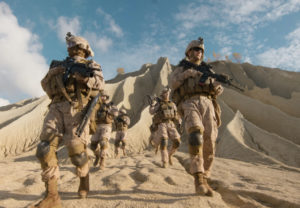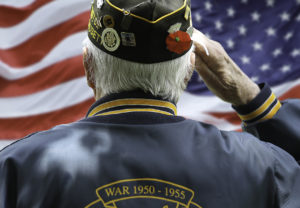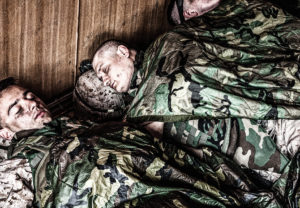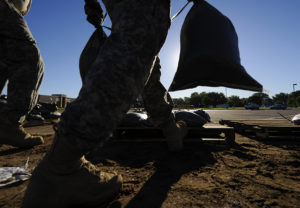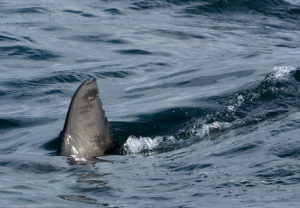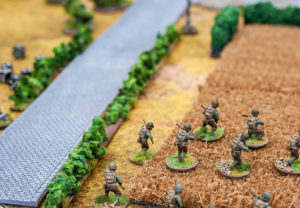In 1941, a dentist had an idea.
His name was Lytle S. Adams, and he had just gotten back from a spelunking adventure in the southwest where he came into contact with many elements of nature. Most notably though? He saw a ton of bats.
After this cave-dwelling vacation, and almost immediately, Pearl Harbor happened. For Adams, it was all he needed. His mind was made up. He was ready to set in motion one of the more unbelievable ideas in recent military history.
A “bat bomb”. A bomb … carried by a bat.
Due to the fact that the First Lady at the time – Eleanor Roosevelt – was a personal friend of the dentist, the White House had Adams’ plan to plunder Japan by strapping miniature bombs to live flying mammals in their possession in less than a month’s time.
“Think of thousands of fires breaking out simultaneously over a circle of forty miles in diameter for every bomb dropped,” he would later say. “Japan could have been devastated, yet with small loss of life.”
The Presidents’ men were all in agreement: this was a good idea. So they sent it off to the National Research Defense Committee, where they in turn handed it to noted psychologist Donald Griffin, who was also (surprisingly?) on board. He recommended it to the Air Force and before long it was picked up and even given a proper code name: “Project X-Ray”.
The Air Force then passed it on to the Army, who agreed that the species of choice would be the Mexican free-tailed bat. Once decided upon they rounded up thousands of them, scouring the southwest with giant nets for the future winged-crusaders. This was the first step.
The second step would be a lot more difficult. How would they actually implement these animals, that were also weapons? It became apparent to Army engineers that in order to successfully ship them, they’d need to put them in hibernation mode. This involved “cooling” the bats by sticking them in ice cube trays. This was easy enough. What wasn’t easy at all was the process that followed. Releasing them.
Failed test after failed resulted in no progress and even a general’s car being torched.
Soon, the broken project was forsaken by the Army and handed off to the Marine Corps. They toyed with the idea, spent a couple of million trying to fix it, but ultimately put it to bed. Many speculate they gave up on it because they had a much grander scheme in their pocket: the Manhattan Project and the nuclear bomb.
What became of Lytle? Well, while “Project X-Ray” perished, his knack for pushing wacky, unique ideas didn’t. He would eventually move to Washington State where he attempted to push a fried chicken vending machine.
Latest Posts
[span7][posts_list numb=”5″ thumbs=”normal” thumb_width=”250″ thumb_height=”115″ post_content=”excerpt” excerpt_count=”150″ order_by=”date” order=”DESC” link=”no” tags=”no” custom_class=”no-meta”][/span7]









